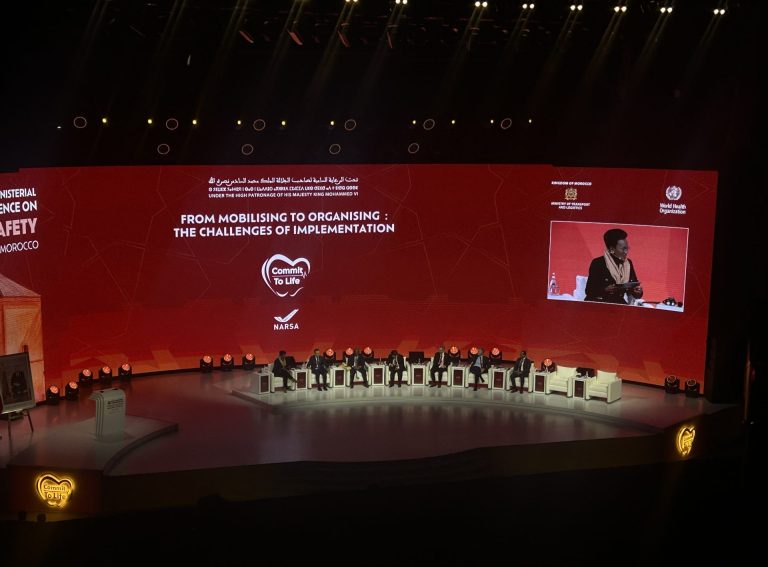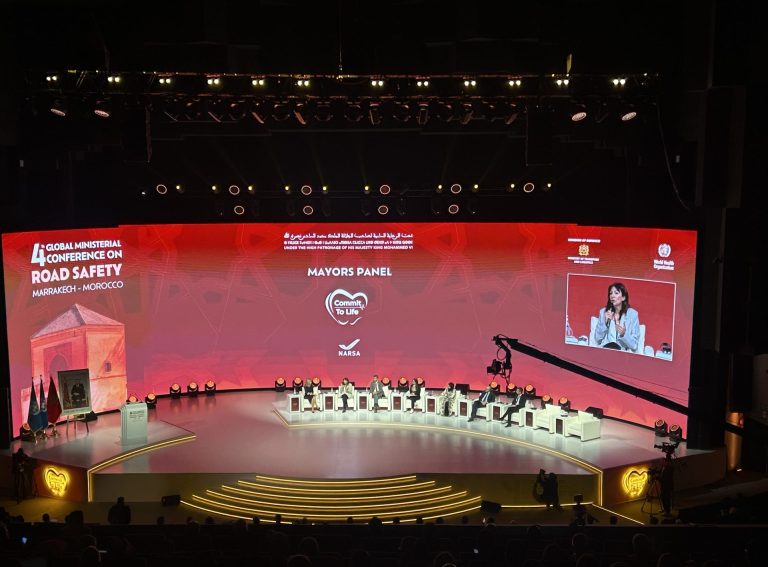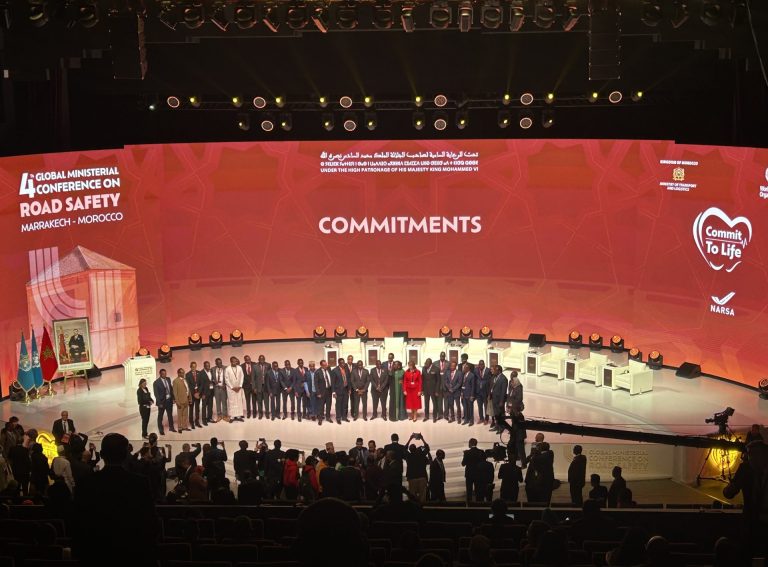The potential for active travel exceeds 75% of all urban trips in the world, according to a new report by the Partnership for Active Travel and Health (PATH).
PATH is a new global coalition calling on governments and cities to make a real commitment to walking and cycling as a key solution to the climate, health and equity challenges we face. The initiative is coordinated by the FIA Foundation, Walk21, the European Cyclists’ Federation (ECF) and the UN Environment Program (UNEP).
The study found that less than a third of all urban trips in 2020 worldwide were made by active means of transportation, such as walking and cycling.
Now urban trips are expected to more than double between 2020 and 2050. Of these urban trips, 60% are shorter than 5km and a quarter are less than 1km, which demonstrates the potential for the usage of micromobility sustainable solutions. When electric cycling is factored in, active travel can account for 75% of all urban trips of up to 10km in cities worldwide.
Effective support for walking and cycling requires governments to introduce high quality and safe infrastructure, invest in proper campaigns, propose coherent spatial planning, integrate walking and cycling with public transport, and promote capacity building activities.
“We have to overcome decades of policy where the car, not people, has been the primary focus,” the FIA Foundation’s Deputy Director Sheila Watson told Zag Daily. “The UN has just warned that we are so far from delivering the climate action we need, and this report shows how walking and cycling are a low cost, achievable and highly effective way to reduce our carbon footprint.”
Jim Walker, Founder of Walk21, added that “enabling a bigger share of urban trips to be walked and cycled is a quick, affordable and reliable way to significantly reduce transport emissions, traffic congestion and road casualties, and will also deliver improved public health, stronger economies and fairer societies.”




